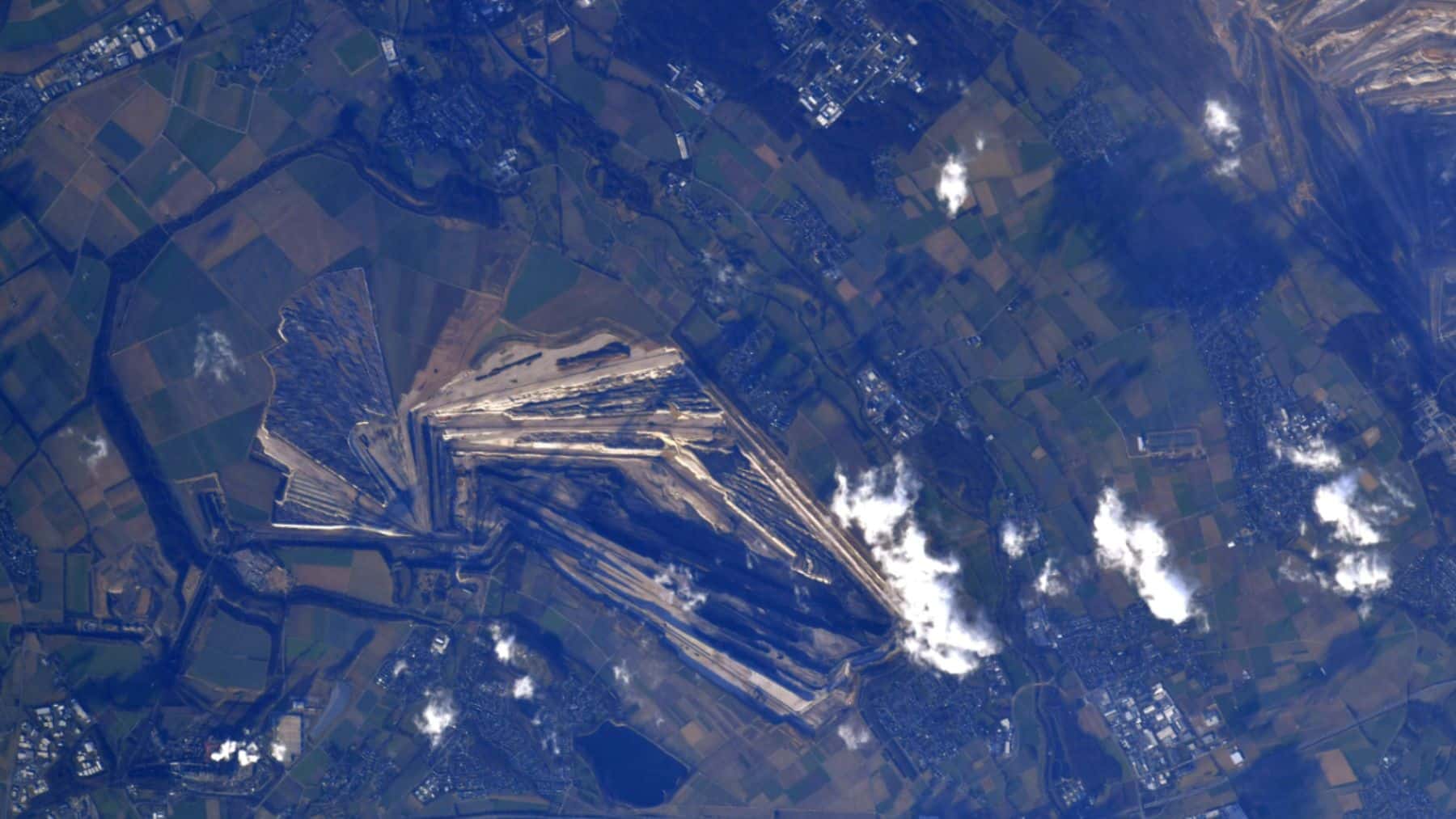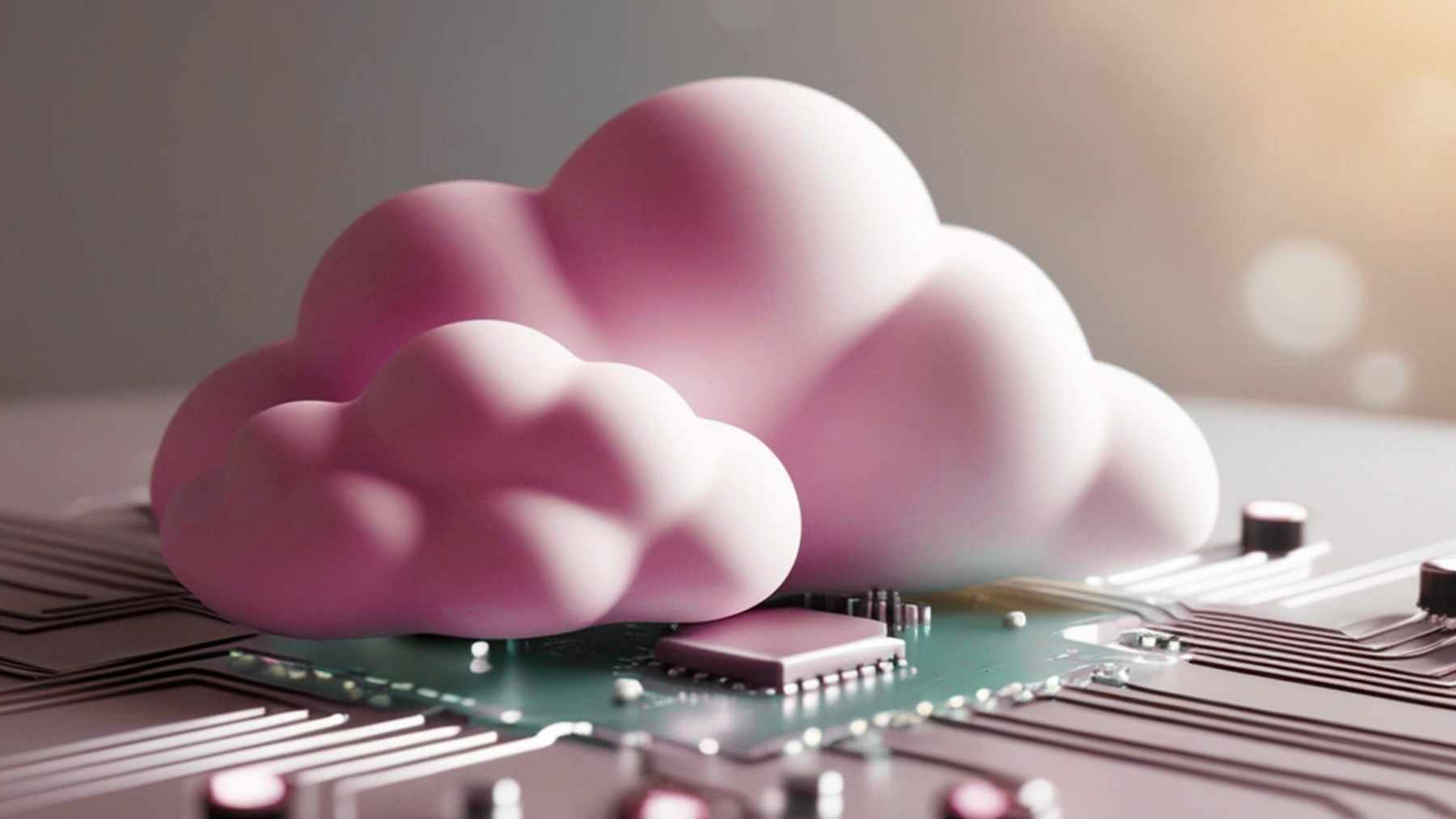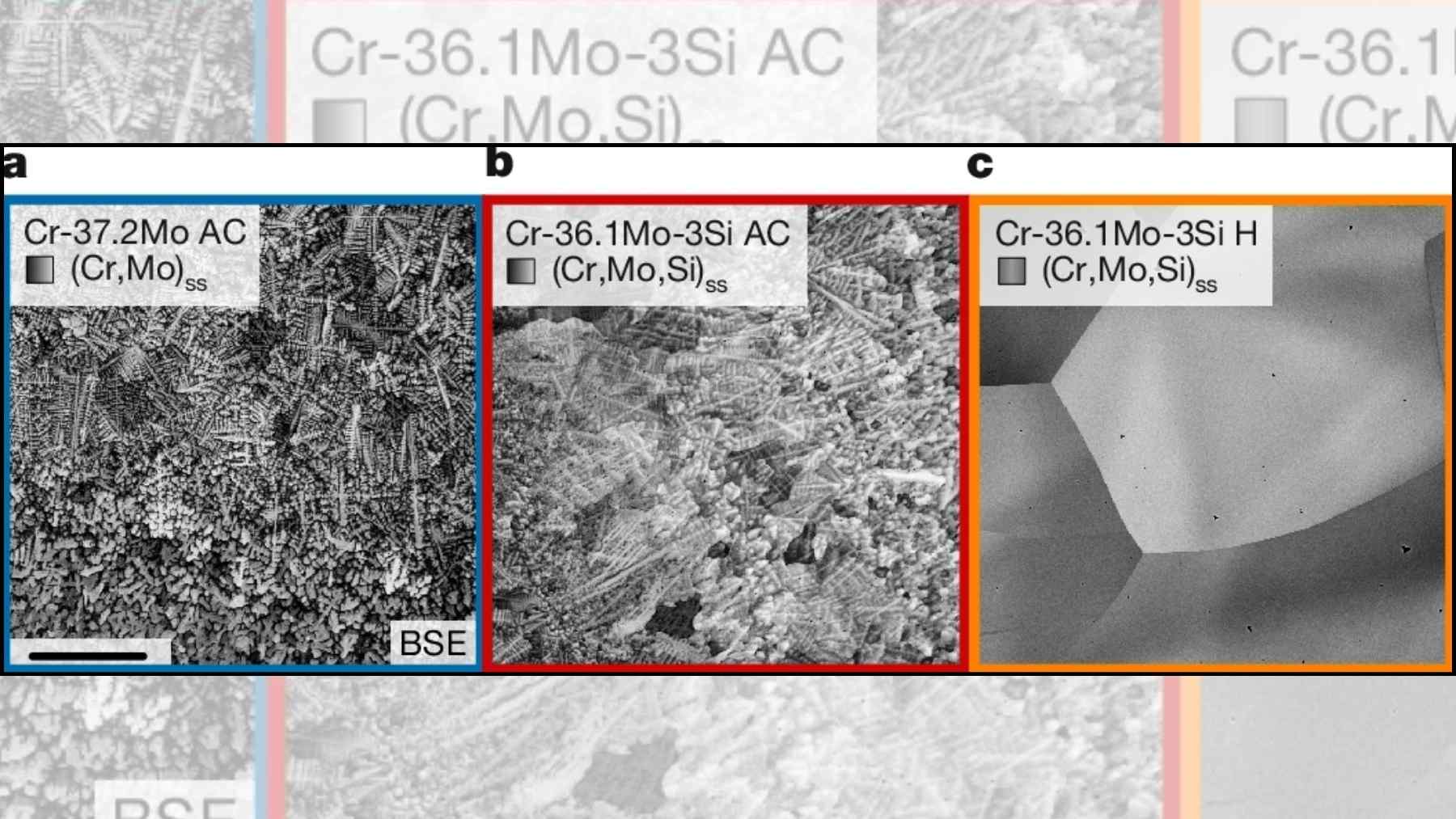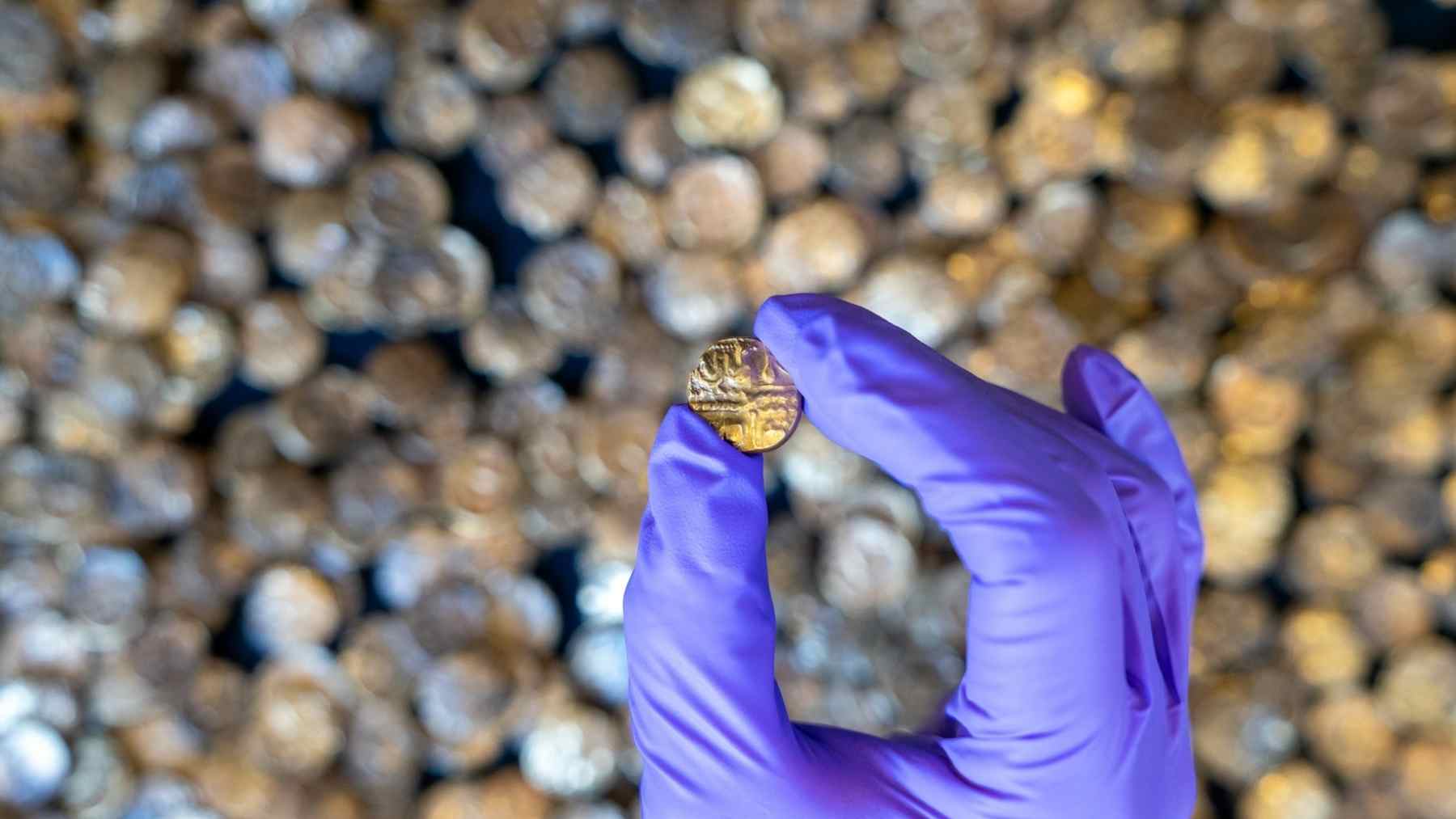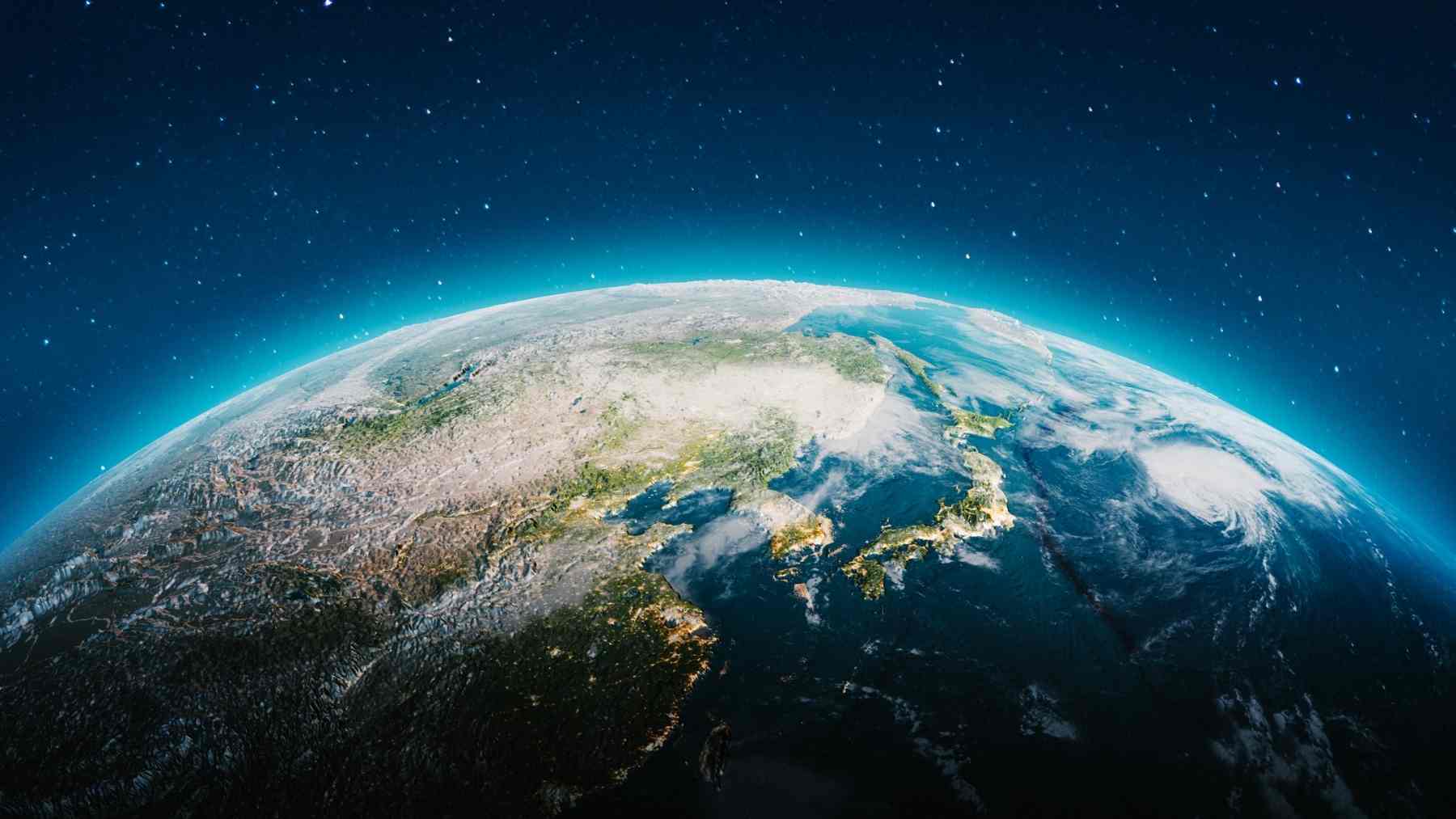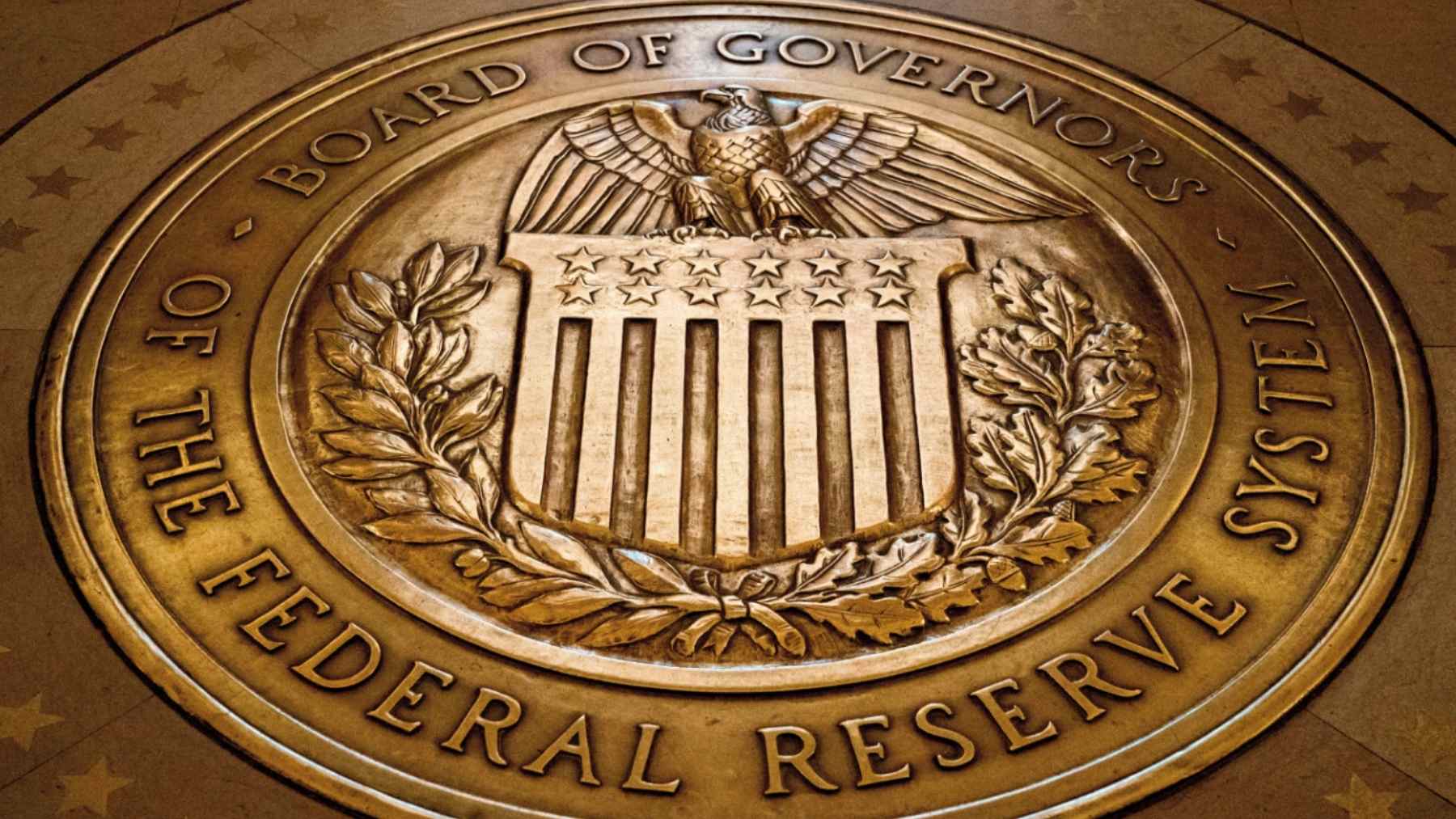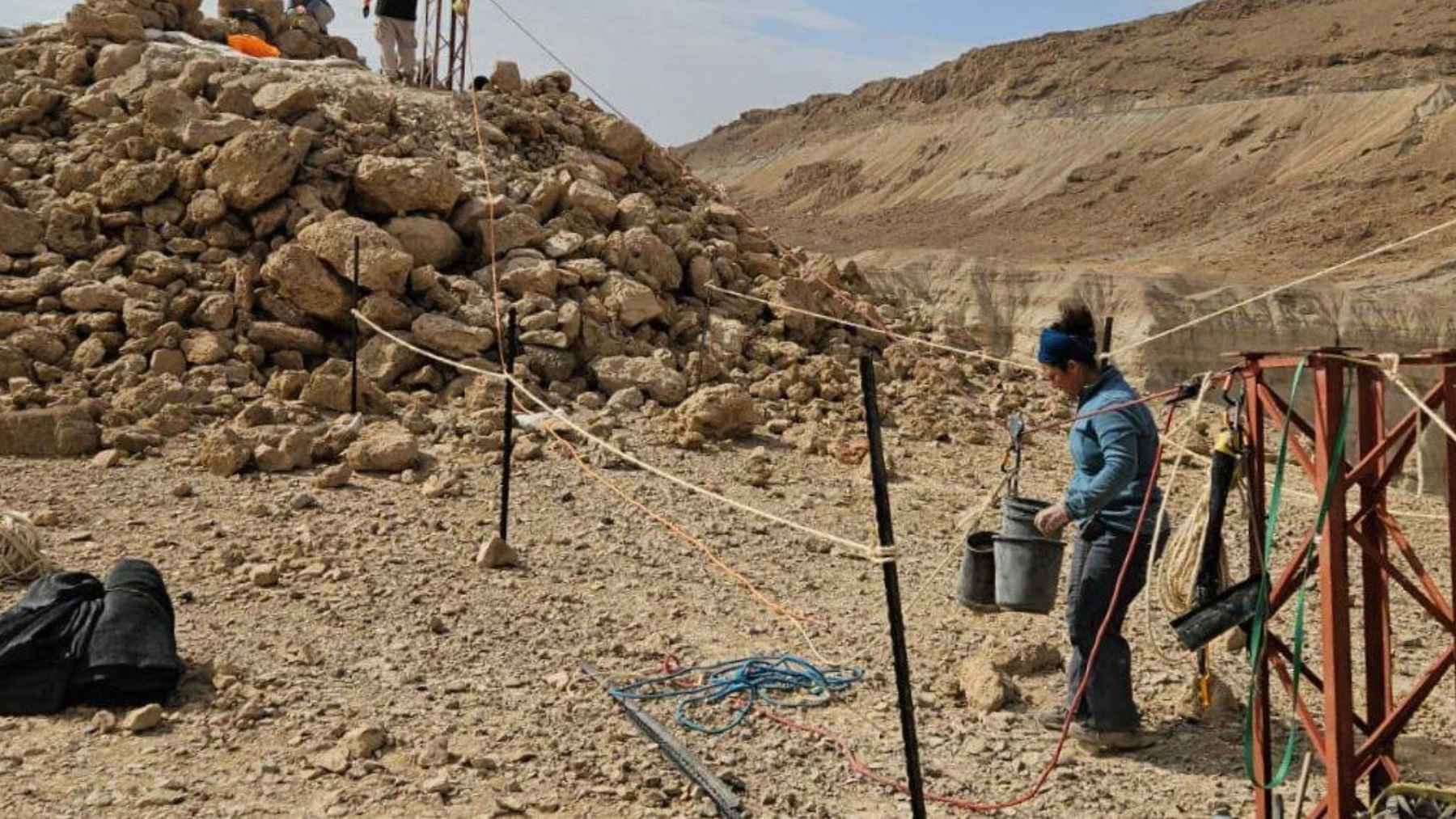Imagine if it were possible to generate gold, but without digging mines or mining rivers, but instead creating the precious metal inside a nuclear reactor. Yes, it sounds like something out of science fiction, but an American startup is claiming that this is not only possible, but feasible on an industrial scale. And most surprisingly, using the same nuclear fusion that powers the sun. The idea here is to transform mercury into gold using the natural byproducts of fusion reactors. And before anyone raises objections, thinking this is pseudoscience, it’s important to know that the proposal has caught the attention of serious physicists, major investors, and even Bill Gates’ team.
The world just found a way to make gold: Should we go there?
The startup Marathon Fusion proposes to convert base metals into gold. Let’s break down some technical terms: the process begins with mercury-198, a stable isotope that represents about 10% of natural mercury. Then, inside the so-called breeding blanket, which is nothing more than a “blanket” used in reactors to generate more fuel, this mercury is bombarded with highly energetic neutrons generated by the fusion of deuterium and tritium. This transforms it into mercury-197, which, within a few days, naturally decays into gold-197, the stable and valuable form of gold.
This process is technically known as nuclear transmutation, and it has been observed in particle physics experiments (such as at CERN), but always at impractical costs. Therefore, Marathon’s proposal is different: using the fusion neutrons themselves, which are already generated anyway, to add a parallel, and incredibly profitable, gold production line.
What if fusion reactors could print gold and power the world at once?
Now comes the real eye-opener: according to Marathon, a 1-gigawatt fusion plant, a typical nuclear power plant, could produce up to 5 tons of gold per year. This represents, at current prices, approximately $550 million in additional annual revenue per gigawatt.
And most impressively, this gold generation doesn’t reduce energy efficiency or disrupt the reactor’s fuel cycle, since the same neutrons that would perform the transmutation also continue to sustain tritium production, doubling the profitability of fusion energy (as well as this recently discovered new type of nuclear fusion). According to Adam Rutkowski, Marathon’s chief technology officer and former SpaceX engineer:
“The main idea here is that you can use this set of fast neutron reactions to produce really large quantities of gold while still satisfying the fuel cycle requirements of the system.”
Gold might be the final push to unlock fusion, but is the world ready?
It’s important to emphasize that the idea’s reception has been surprisingly positive, but with both feet on the ground. Scientists like Dr. Ahmed Diallo, a plasma physicist at the Department of Energy’s Princeton Laboratory, say that on paper, everything sounds great, but turning it into something practical requires extremely high-level engineering.
Besides this, despite the enthusiasm, Marathon Fusion is still a young startup, with only a dozen employees and about $10 million raised through private investment and US government grants. And, of course, the biggest challenge of all: nuclear fusion is not yet commercially viable. This is because no reactor to date has generated more energy than it consumed on a sustained and consistent basis.
Even with all this, there’s growing optimism in the sector, mainly due to the interest of investors like Bill Gates and the increase in investments in fusion startups (US$2.6 billion last year alone). In other words, if Marathon is right, gold could be the push needed to transform the energy of stars into reality here on Earth. It’s no wonder experts say gold could be Earth’s ultimate energy source.

